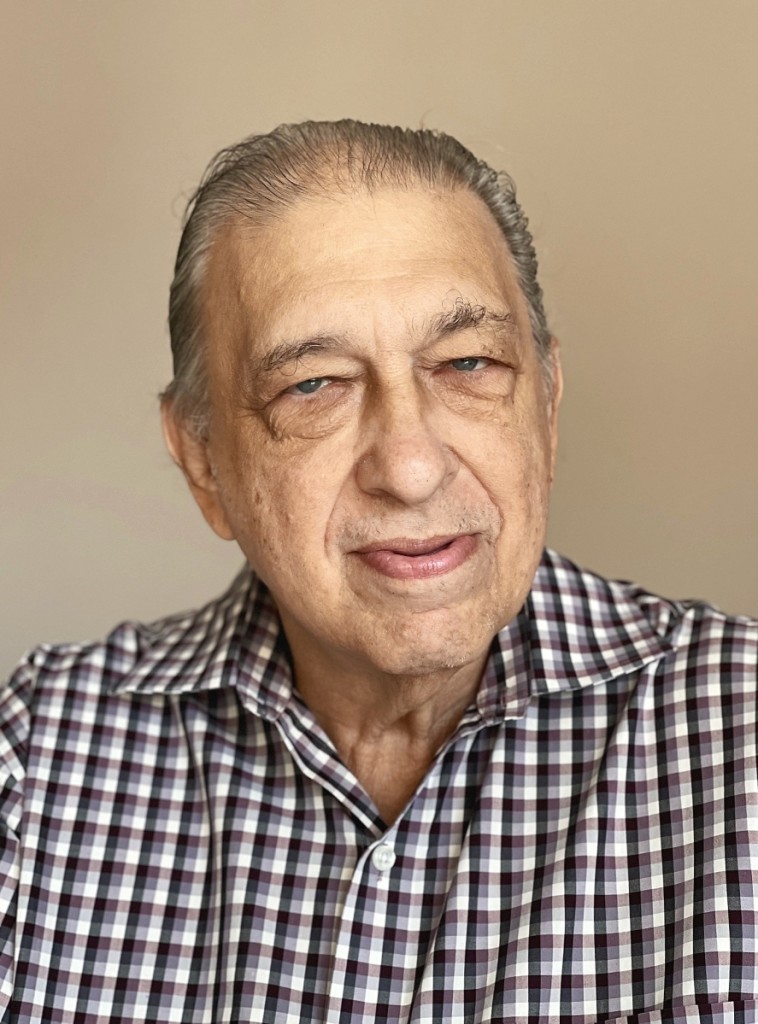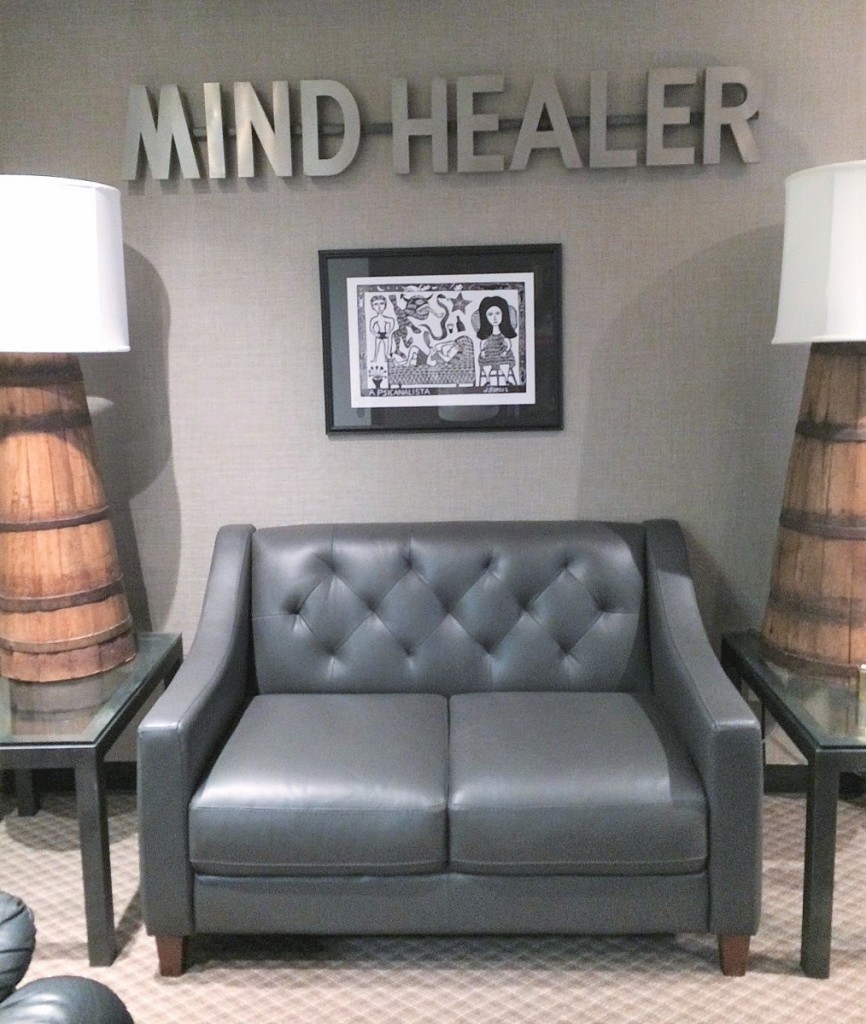Doctor and author Barry Lubetkin has defined his own collecting category as “psychollectibles,” the pursuit of ephemera and antiques related to his chosen field of study. We asked this behavioral psychologist to describe his collection to us and how he got started. If collecting can be considered a habit, we asked him to diagnose the method to his madness.
Describe your collection. What was the first piece you collected?
The very first piece was a “Mind Healer” sign that still hangs in my office. It hung over a psychic’s tent at Coney Island in the 1940s. It was so appropriate for my office, I thought I would get it. I acquired it at an antiques show. Since then, I decided that finding various artifacts related to other medical professions was relatively easy – for general doctors and other specialized fields – but it was very difficult to find things related to psychology or psychiatry, so I took it upon myself to search those out in antiques shows, online auctions and flea markets. Over the years I’ve developed quite a collection.
Has your collecting changed over time and, if so, how?
Yes, it has changed in a number of ways. Because I love autographs, as I discovered by poking around more and more, I was able to purchase a number of things related to my particular branch of study, which is behavioral or cognitive behavioral psychology. There are a whole host of other branches of psychology, but I wanted ones that were related to the behavioral approach, such as William James (the grandfather of Behaviorism), John Watson and B.F. Skinner. I thought if I were going to display some of these things in my office, they had to be appropriate kinds of things.
What are some of these?
One thing I found at an antiques show was a painting I think was the first illustration of a weight control center from the 40s. I believe it was commissioned by a company called TOPS, which still exists and stands for Taking Off Pounds Sensibly. The image is that of a heavy-set woman walking into a TOPS building and coming out the other side very slim. In the building where I have my office – the Institute for Behavior Therapy – we have a lot of patients with weight issues. I put this up and it was very inspiring. Everyone got a kick out of it. I realized that some of the pieces I was collecting would inspire patients, both in terms of the content and because they could see that I had a passion for my profession, one which might inspire them to create passions of their own.
What are your most significant pieces?
I think one of my most significant pieces is probably the Mind Healer sign because its old and it was used by a psychic, a mind reader. It’s whimsical.
I also have a small collection of sculptures and paintings of therapists working with patients. For some reason, very few artists ever made works with that kind of subject, and I have them in my office, on display, both paintings as well as sculptures. Most were done in the 40s, 50s and 60s and show a patient reclining on a couch, when psychoanalysis was more in mode. They’re just delightful.
What about in terms of value? If you had a fire and had to save one thing, what would it be?
If I had a fire and had to save one thing, I would say my Spencer’s Drug Abuse Guide, which is in a shadowbox. In the shadowbox is a painting of the brain and in various areas of the shadowbox are various facsimiles of drugs that kids would abuse in the 50s and 60s. This would hang in a psychiatrist’s or psychologist’s office and parents who were looking for which drug their kid was using would look at the chart with the doctor to help identify the drugs. I’ve always coveted that because it served such an important purpose.
Where did you find it?
I got that on eBay. It came up in a category called ‘everything else,’ and was so related to what I do that I had to have it.
Describe some of the other things in your collection.
I also have a collection of old IQ tests, which are nothing like IQ tests now, which I value very much. I also have a 33 LP record titled “LSD” by Timothy Leary, who was a psychologist and a master of psychedelic drugs. His voice is on the record. I also have his official escape notice of him escaping from a prison where he was sent for illegally promoting LSD. I got the LP at a record store in Greenwich Village; the escape notice I got separately, online somewhere.
How many pieces do you have in your collection?
If I count the paper and ephemera a rough number of everything would be between 150 and 200 items.
What is the most recent piece you’ve acquired?
The most recent thing is in front of me right now, at my house. It’s a painting that was included in a book and shows a girl with anorexia lying on a couch. The inscription reads “What? When? Why now? How? Who Hurt You? Why So Skinny? You Could Have Died Dear.” The book was called Skinny Miss S. Was Very Depressed and is about a girl with psychological problems; it was written by Stacey Lane in 2008 so it’s not very old.
Do you have a piece you covet that you haven’t been able to acquire?
Oh sure. Even though I said I didn’t collect vintage psychoanalytic autographs, the truth is I can’t afford the autographs or letters signed by Sigmund Freud or Carl Jung. I keep trying and am often the underbidder, and I haven’t been successful in getting either Freud or Jung. I console myself by saying that I’m a behavioral psychologist.
-Madelia Hickman Ring






